Planting Soybeans
All Planting Soybeans Content
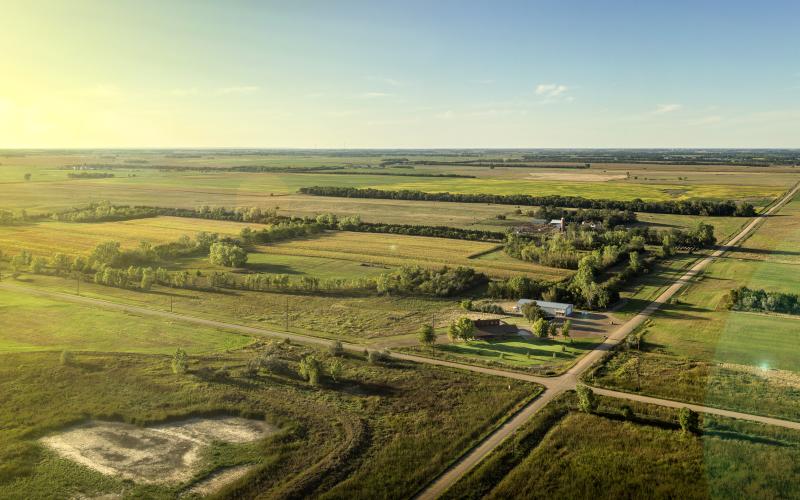
Crops
During the growing season, SDSU Extension provides weekly production recommendations.
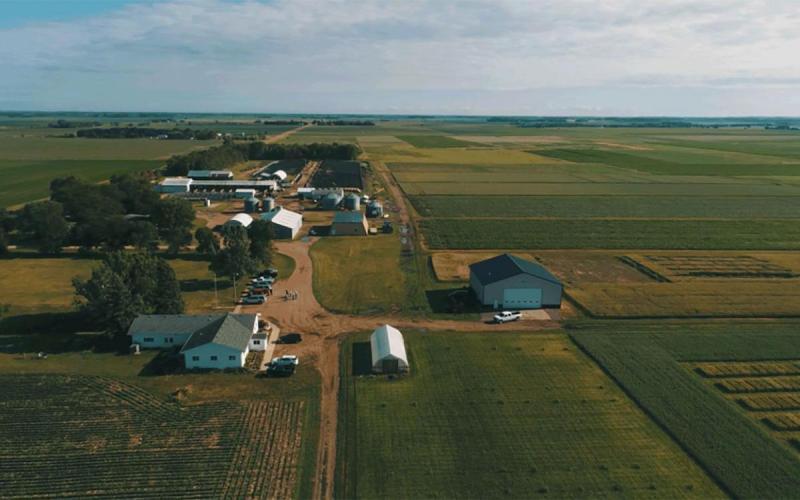
Southeast Research Farm Seminars @ Dakota Farm Show
Join SDSU Extension for a series of educational presentations during the Dakota Farm Show from January 6-7, 2026, at the USD DakotaDome (1101 N Dakota St, Vermillion, SD 57069).

Cover Crops
The benefits of planting cover crops are numerous.
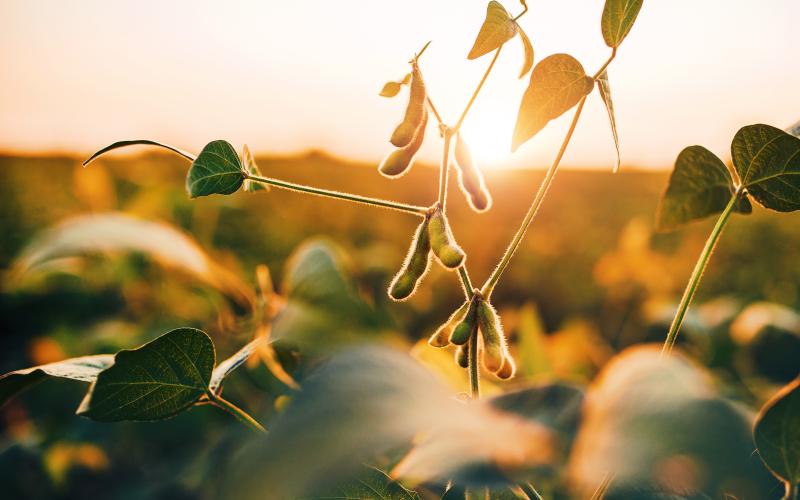
Soybean
SDSU Extension is your partner to increase yields and improve efficiency.

Soybean Variety Trial Results
Conventional soybean and soybean variety testing results for different locations across South Dakota.
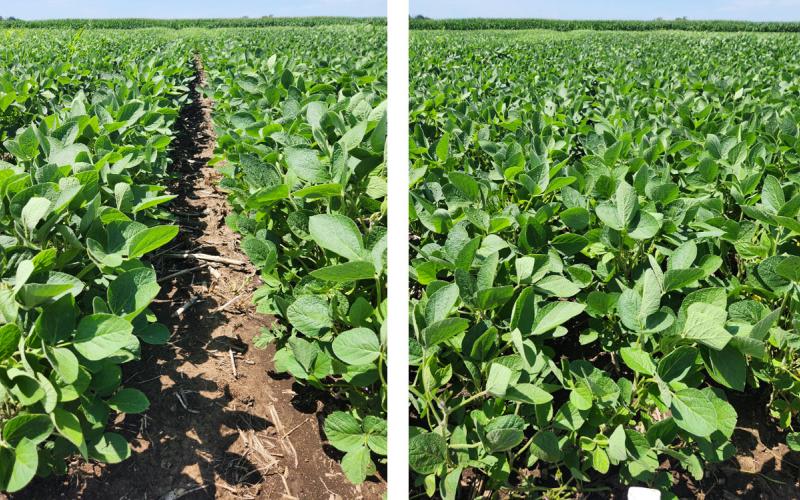
Strong, Effective Herbicide Programs Can Be Complimented With Narrow Row Spacing
While strong herbicide programs will result in effective weed management, a cultural tactic, such as row spacing can result in a complementary increase in effectiveness.
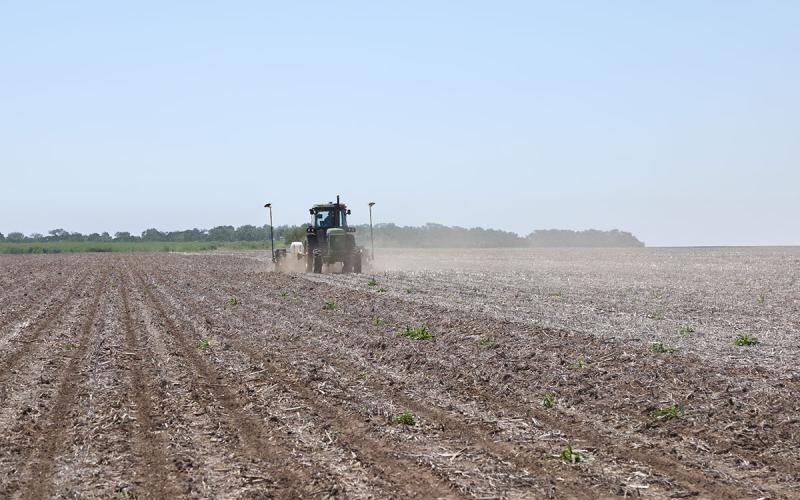
Fertilizer Placed With the Seeds in Dry Soil Conditions
Climate patterns can shift from wet to dry very quickly. A current consideration is thinking about seed injury from furrow-placed fertilizers, and there are notable differences among crops for tolerance of seed-placed fertilizers.
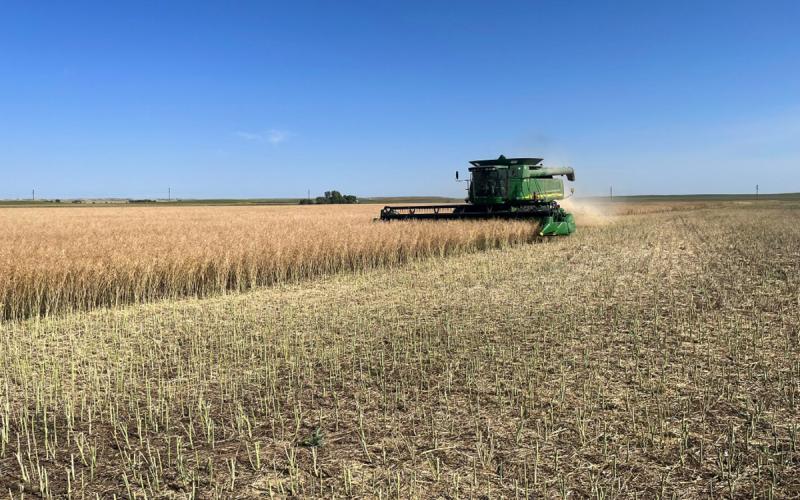
Broadleaf Considerations for West River South Dakota Cropping Systems
Selecting the right crop rotation is crucial in West River South Dakota, where water use efficiency is important. Learn some key factors to consider when selecting broadleaf crops for rotations and see what some farmers in the region are already planting.
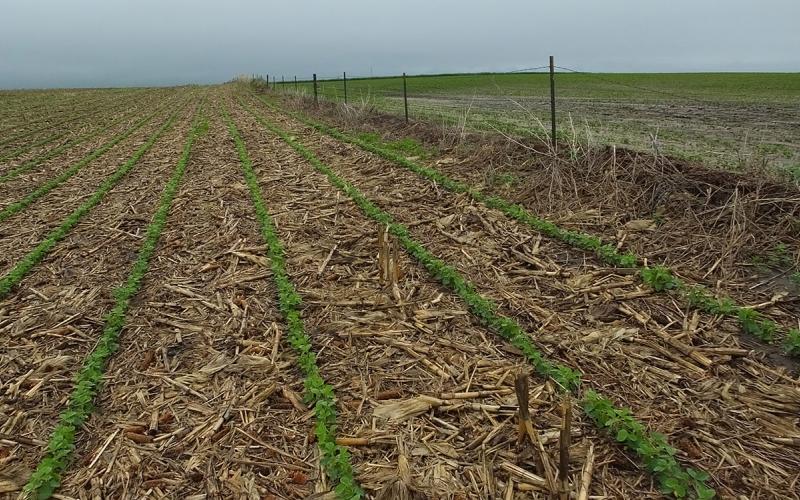
Economics of Different Crop Rotation Systems in South Dakota
Economic returns are an important factor to consider when selecting crop rotation systems.
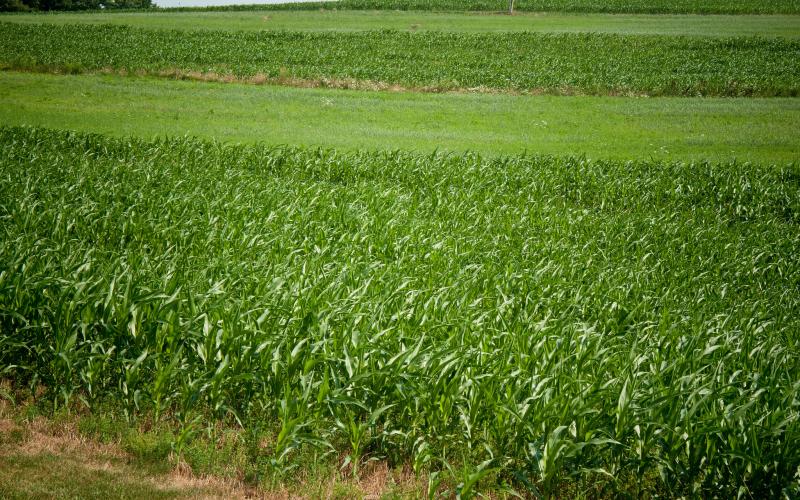
Crop Rotation Potential: Improving Soil Health & Farm Profitability
Two-year corn-soybean rotation coupled with heavy chemical inputs has become the routine practice of agricultural production in the Midwestern United States. According to USDA/NASS data, corn and soybean prices received by producers in South Dakota both reached the peak levels of $7.39 and $16.00 per bushel, respectively, in August, 2012.